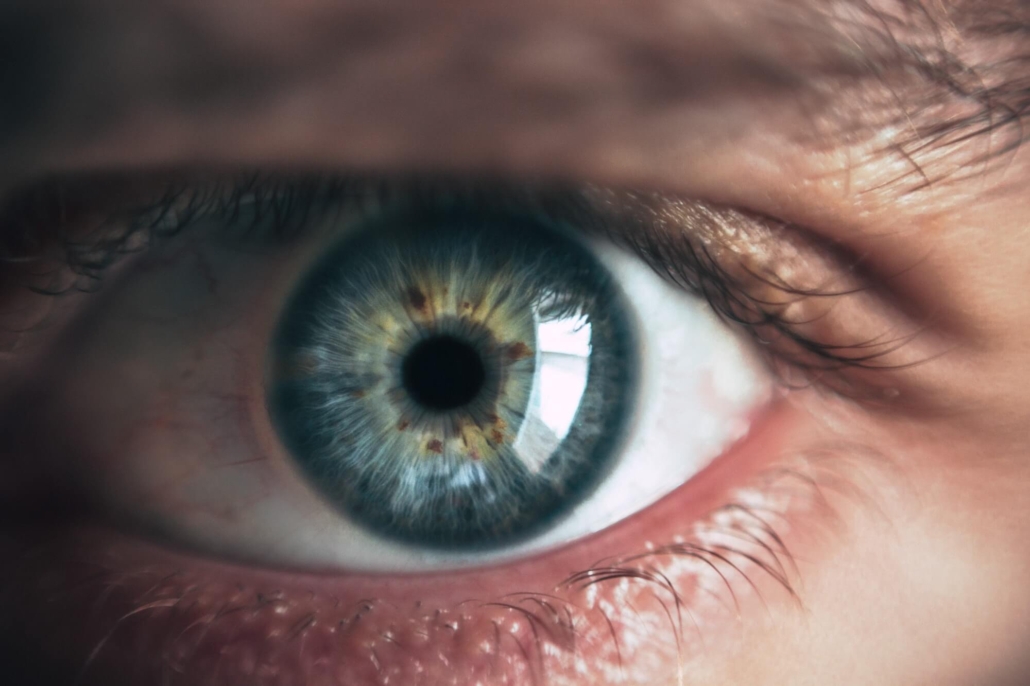“The best way out is always through”
– Robert Frost
Have you considered Eye Movement Desensitization and Reprocessing (EMDR) therapy? If you have, this blog will provide you with some information of what to expect in EMDR therapy. You might have heard that EMDR includes eye movements. Or that it involves the accessing and processing of traumatic memories and other adverse life experiences. However, that is only one of many steps that is a part of EMDR Therapy.
What is EMDR and what to expect in EMDR therapy sessions
In EMDR therapy, your therapist is a guide to facilitate and support you through the healing process. Unlike traditional talk therapy, EMDR is a body centered therapy. It uses bilateral stimulation (BLS) to activate the brain so that it can process and integrate stored information. This information may be memories of traumatic experiences or other adverse events. These events were unable to be emotionally processed by the brain at the time.
EMDR is a three-pronged approach that targets the past experience, current triggers, and future potential challenges. When you begin, your therapist will identify a target you will be working on together. This target may be a traumatic event, distressing memory, or an issue you would like to work on. During an EMDR session, your therapist will facilitate a process that decreases or eliminates the distress from the target. They can also improve your sense of self and lay a foundation for the resolution of present and future triggers. They will also teach you techniques that can provide relief from body disturbances. A therapist will use bilateral stimulation (BLS) to “install” new beliefs and emotions to integrate into and enhance the target.
Read more about trauma triggers
What instruments would a therapist use during a session?
Whether you participate in EMDR therapy in person or virtually, the BLS can be adapted to fit your needs and level of comfort. You may already be familiar with the Eye Movement Desensitization technique. With this, the therapist will ask you to focus on the left to right motion of their hand during BLS. The therapist will use a comfortable speed and adjust for any eye discomfort. As an alternative, the therapist may offer methods that use touch for stimulation. For example, this may be alternating tapping on your hands or knees.
Machines may also be used for in-person EMDR therapy. For example, A Tac/Audio Scan is an auditory/tactile stimulus device. The device is connected by wires to pulsating bulbs that you hold in each hand. The bulbs provide alternating stimulation by buzzing lightly. Headphones are can be added for auditory stimulation. Aside from the Tac/Audio Scan, some therapists provide a light bar machine. With this, your eyes follow a light that moves back and forth across the bar.
Virtual therapy will use screen share features on platforms such as Zoom or Google Meets to administer a virtual light bar for BLS. Another option is the butterfly hug. This is a form of hand tapping where you cross your hands just above your heart and alternate tapping each shoulder.

How may I feel during a session?
The target chosen may produce uncomfortable emotions, thoughts, and physical sensations. An EMDR therapist will work with you in learning and utilizing practical skills. These skills help promote your emotional, mental, and physical well being. For example, a target may trigger the fight, flight, freeze, or fawn response in the body. The therapist will implement various techniques with you that can ease the response. Ultimately, the goal is to help you feel safe and confident that you can work through anything that comes up during the session.
Some techniques include creating a calm or safe place and practicing containment skills. For example, the therapist will guide you through visualizing and creating your own unique calm or safe place. You visualize this place any time an uncomfortable response surfaces during the session. Containment is a way to help contain any distressing emotions, memories, thoughts, sensations, etc. during or between sessions. Metaphorically, it is a place to store the distress until you and the therapist are ready to work on it in therapy. For example, your therapist will assist you in visualizing a container such as a box, mason jar, or vault.
In addition to the above, your therapist may bring other grounding techniques into the session. Examples of this are belly breathing, body scans, and other mindfulness techniques. These help assist you in feeling relaxed and grounded throughout the EMDR process.
Read more about the everyday benefits of mindfulness
What happens in between sessions?
As noted above, the session may trigger an emotional or physical response. The BLS processing may, but not always, uncover some memories or feelings from the target that the brain has not fully processed. Not to worry, this is the brain just doing its job. However, it can sometimes feel distressing and uncomfortable. Therefore, your therapist will collaborate with you on a plan to mange any distress that arises in between sessions. For example, your therapist may ask you to regularly practice visualizing the calm or safe place. For some people, a therapists may provide additional grounding and mindfulness techniques. The time in between sessions can be an opportunity for greater self care and awareness of your own needs and healing. Ultimately, the goal is to guide you towards a sense of independence and ease in managing and facilitating your own well being.
I hope this information is helpful in showing what to expect in EMDR therapy and deciding if EMDR therapy is right for you. You and your EMDR therapist will take great care throughout the preparation phases, processing of targets, and your experience in between sessions.
Would you like to address the after effects trauma or other distressing experiences? Many therapists at myTherapyNYC specialize in EMDR and trauma treatment.
Have you been considering EMDR therapy for you? Does the information above move you closer to or further away from trying it? Join the conversation below!
- Embracing Sex Without Shame - March 7, 2024
- What Counts as Trauma? - July 13, 2023
- What is Codependency? - March 9, 2023




